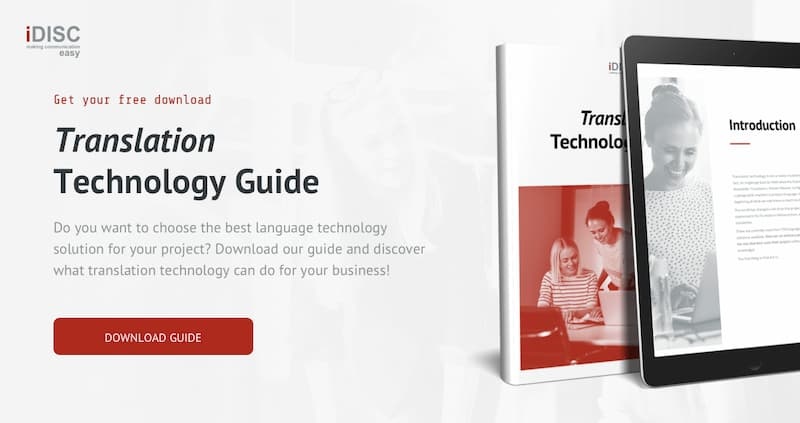Historical view of the page layout trade
Page layout refers to the composition of text, images, and other elements in print and electronic media. It includes the placement of elements on a page and editorial design. In the case of a newspaper, the page layout follows graphic and editorial objectives.
Page layout is not a recent invention, it has been around for a long time. Many people think it came about with software in the 1990s, but they are wrong. Page layout is a fascinating and satisfying craft with an important historical significance.
Since the earliest editorial designs, such as “The Book of the Dead” in the 3rd millennium BC, page layout has been present in society. At that time, Egyptian scribes were in charge of organizing hieroglyphic texts on papyrus. As history progressed, page layout evolved along with writing and printing.
During the Renaissance, with the invention of the movable type printing press by Gutenberg, page layout took on new importance. Designers and typographers began experimenting with different typesetting styles and techniques to create more visually appealing books and publications.
With the advent of the digital age, page layout took a major leap forward. Software such as PageMaker or Ventura Publisher allowed designers to create editorial layouts more efficiently and accurately. Also called Desktop Publishing (DTP), page layout revolutionized the publishing industry and opened up new creative possibilities.
Organization of texts and graphic elements
Page layout is not just about arbitrarily placing text and images on a page. It is a process that requires planning and careful consideration of structure and readability.
When organizing texts, it is important to consider the visual hierarchy. Titles and subtitles should stand out clearly thanks to different font sizes, styles, and colors. Paragraphs should have adequate spacing and be easily readable.
In addition, graphic elements also play a crucial role in the page layout. Images and illustrations should complement the content and help convey the message visually. It is important to ensure that images are correctly aligned and well-integrated into the design.
The choice of colors and fonts is also essential in page layout. Colors should be consistent and harmonious, and fonts should be legible and appropriate for the type of content.
Differences between traditional and digital page layout
Although the essence of page layout remains the same, there are significant differences between traditional and digital page layout.
In traditional page layout, designers used physical tools such as rulers, pencils, and paper to create sketches and preliminary designs. These designs were then manually transferred to the final form using printing techniques.
On the other hand, digital page layout is mainly done in software such as Adobe InDesign or Adobe Illustrator, Affinity Publisher, FreeHand, Microsoft Publisher, or QuarkXPress. These programs offer advanced tools that allow designers to create precise designs and edit them easily.
Digital page layout also offers the possibility of using interactive and multimedia elements, such as videos, animations, and links. This has opened up new possibilities in editorial design and transformed the way we interact with print and electronic media.
Avoid ultra-correction in your editorial design
As we dive into the world of page layout and editorial design, it is important to keep in mind that less is more. Sometimes, designers can fall into the trap of ultra-correction, adding too many unnecessary elements and effects to their designs.
It is essential to remember that the page layout should serve the content and not distract from it. A clean and balanced editorial design allows the content to shine and be easily readable for the reader.
When creating an editorial design, it is advisable to follow a consistent grid or layout structure. This will help maintain consistency and harmony throughout the design.
It is also important to consider usability and accessibility in editorial design. The design must be accessible to all readers, regardless of their skills and devices used.
In conclusion, page layout is an age-old discipline that has evolved throughout history. From the first editorial designs in ancient Egypt to modern digital page layout, the organization of text and graphic elements has been fundamental in editorial design.
Page layout in the translation process
Page layout plays a key role in the translation process, as it is not just a matter of transferring words from one language to another, but also of ensuring that the design and presentation of the content is consistent and attractive in the new language.
At iDISC, a translation agency, we understand the importance of page layout in translation projects. Our team of expert translators not only ensures linguistic accuracy, but also ensures that the editorial design is perfectly adapted to the culture and preferences of the target audience in the new language.
With our extensive experience in specialized translation and DTP services, we are here to offer comprehensive solutions to ensure that your message effectively and attractively reaches a global audience. Contact us to take your translation project to the next level, where accuracy and design merge for lasting impact.





